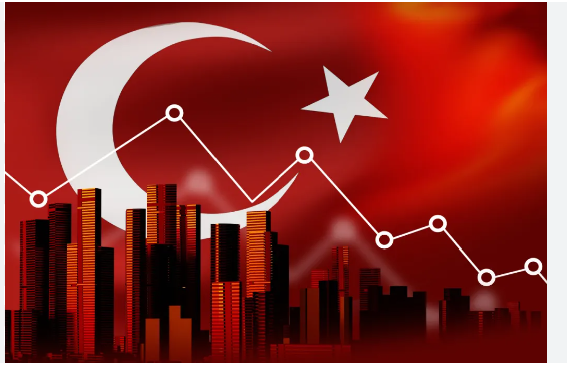Aggregate non-bank profits to grow 11% y-o-y, decline 50% q-o-q. The Q4 earnings season will last longer than usual with the mandatory switch to inflation accounting (IAS 29 / TFRS 29 ) for non-financial companies starting with the FY23 results. Accordingly, the deadline for reporting has been extended by 10 additional weeks to 20 May. A
Among our non-bank coverage, we expect TAV to be the first to announce on 13 Feb. For financial institutions, including banks, the deadline is 11 March as they are exempt from inflation accounting. We present our Q4 estimates for non-bank coverage excluding inflation accounting.
For non-banks, we expect aggregate profits to show muted growth of 11% y-o-y, losing momentum due to cost inflation and the high base from the previous year. We see profits declining 50% q-o-q due mainly to seasonality in some sectors (-20% q-o-q excluding aviation).
We expect bank earnings to come under pressure owing to high deposit costs and absence of last quarter’s chunky CPI linker adjustments. Seasonally high provision expenses in Q4 are going to be another drag. These headwinds are likely to linger in Q1 before improvement of lending spreads gets more visible. We expect earnings contraction to be more profound in Akbank and YKB vis-à-vis Isbank.
Where we expect relatively stronger results y-o-y;
◆ Steel (Erdemir, Kardemir), CCI, Mavi, Turk Traktor – companies which we expect have grown their operational performance (EBITDA) above inflation y-o-y along with an expansion in margins. In particular, a weak base from the previous year should have supported steel industry Q4 earnings. Turk Traktor should have benefited from a positive sales mix (higher share of domestic sales). Where we expect relatively weaker results y-o-y;
◆ Aviation (Turkish Airlines, Pegasus), Dogus Otomotiv, Sisecam – companies which we expect have seen the most eye-catching y-o-y margin normalisation. Aviation faces a very high base from 4Q22 when the tourism season extended, enabling solid pricing with still low costs. Doas operating margin should reflect a surge in its opex to sales ratio. Sisecam results to reflect higher production costs as well as lower capacity utilisation due to weak demand.
HSBC Global Research
